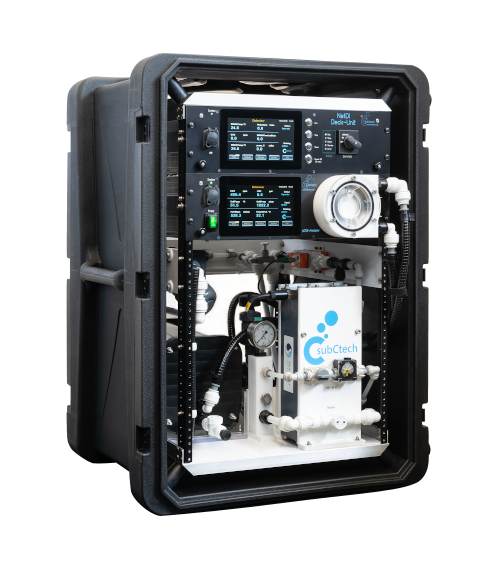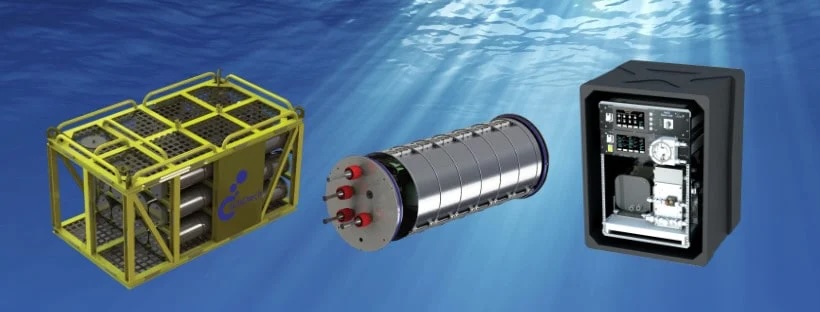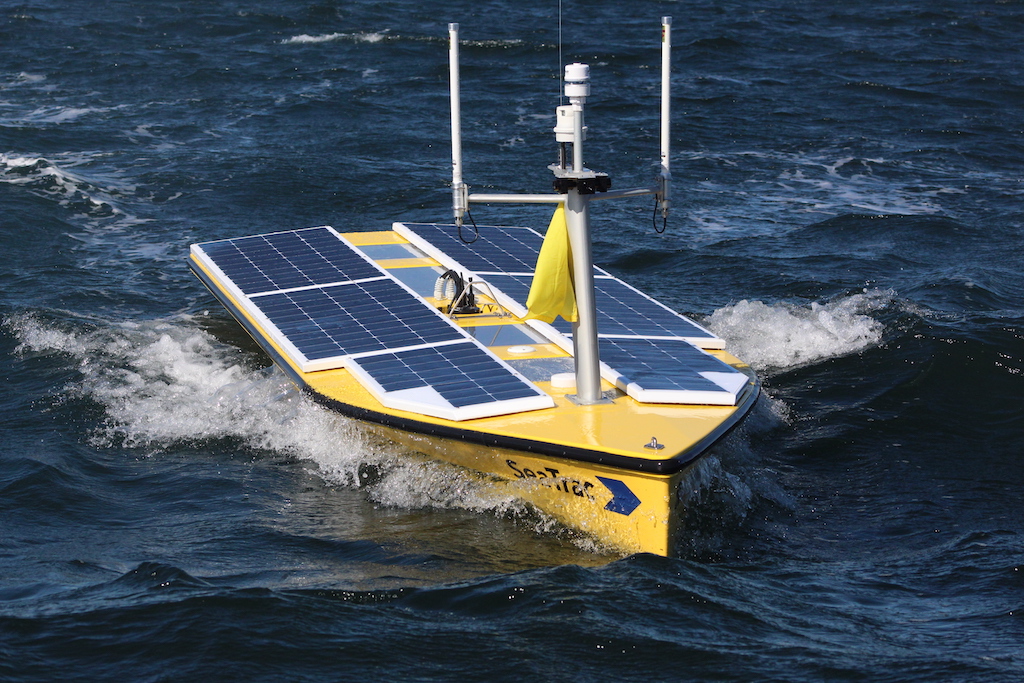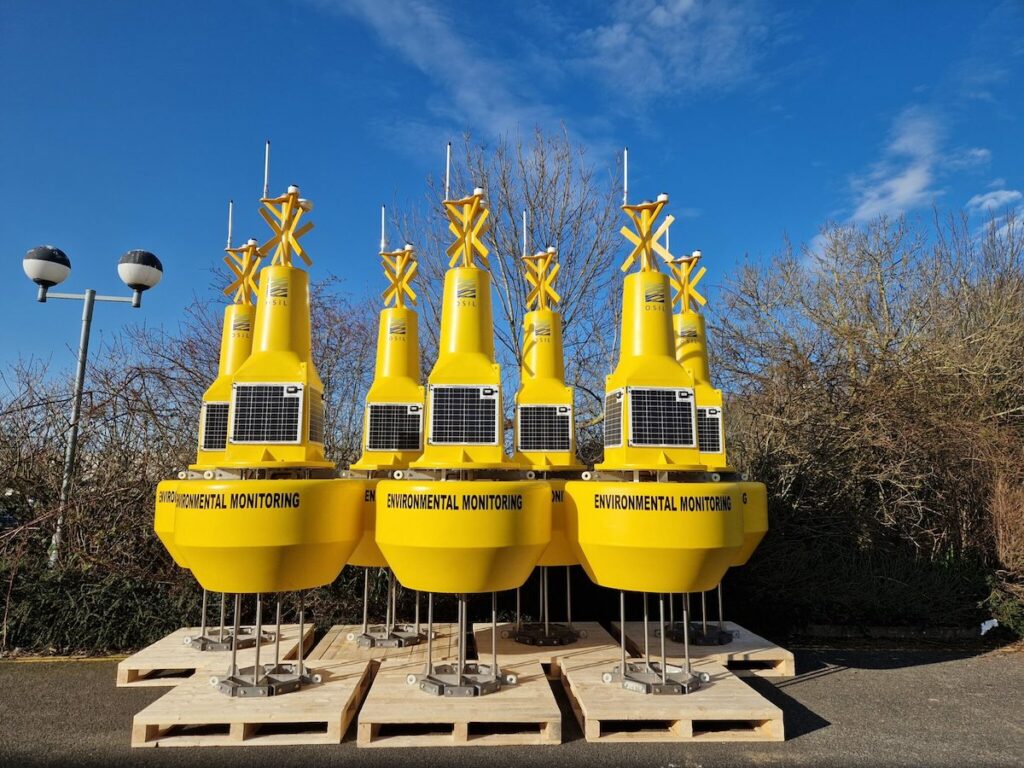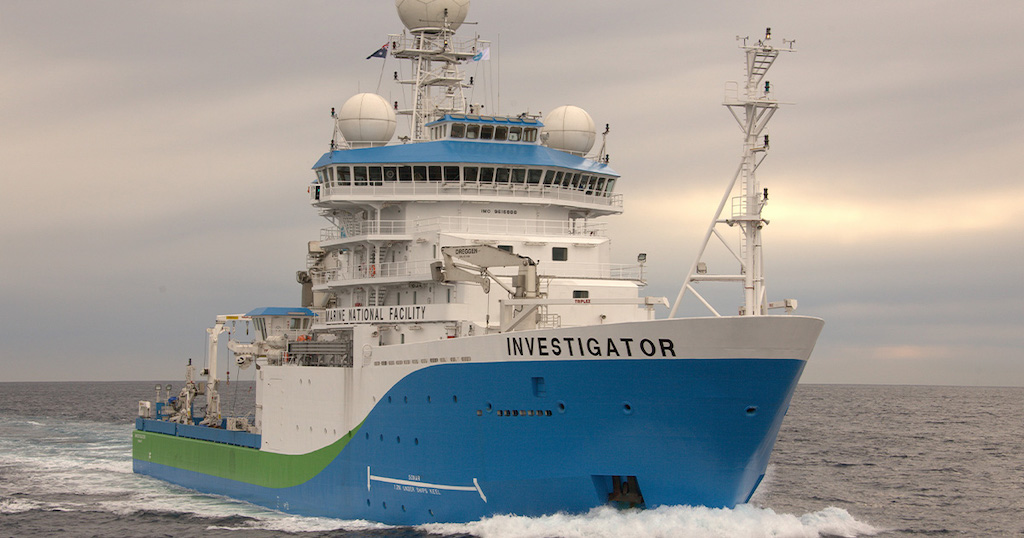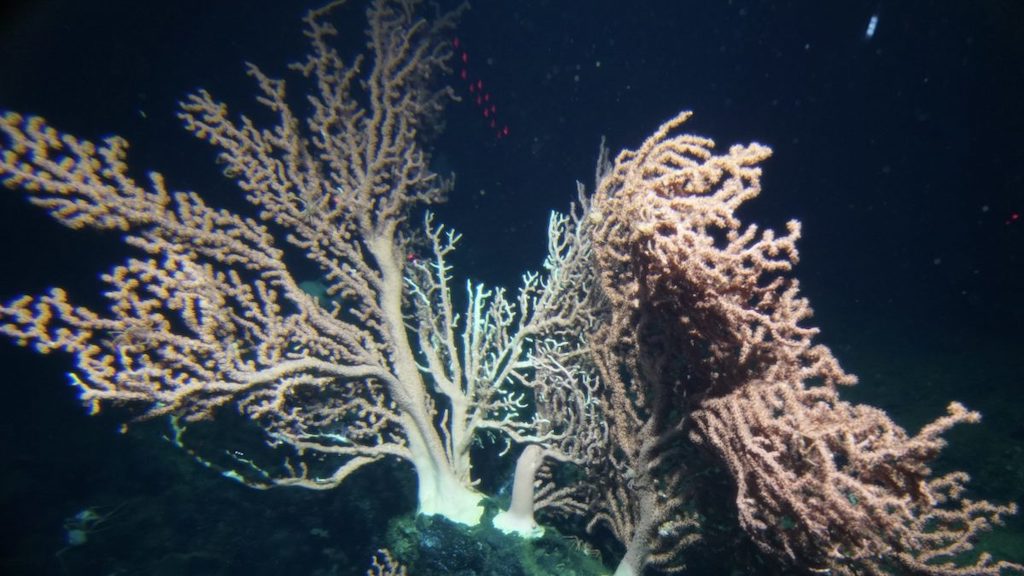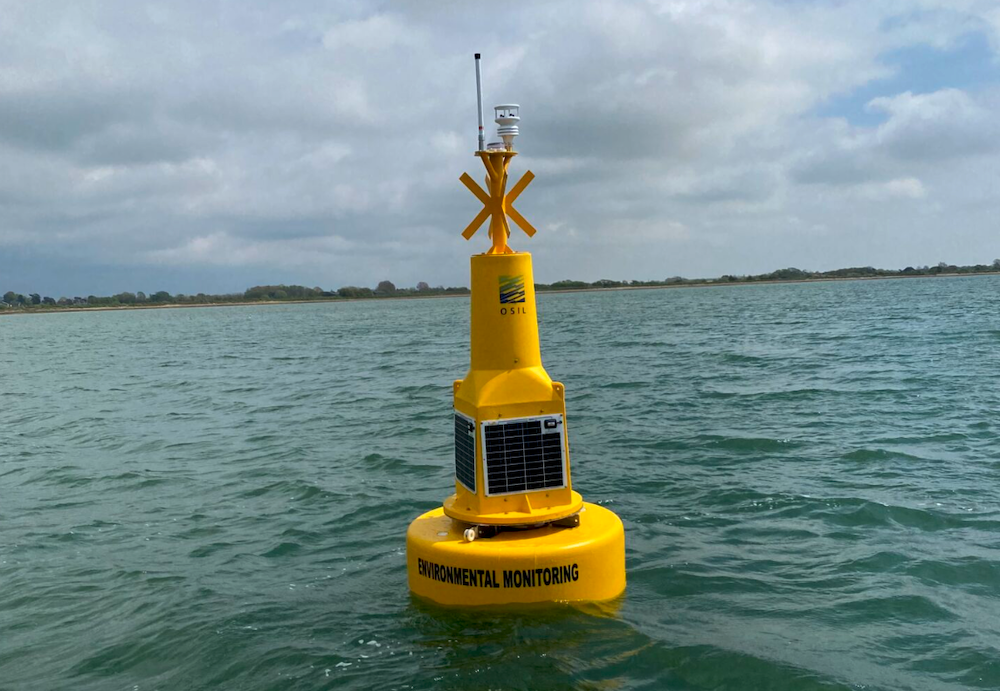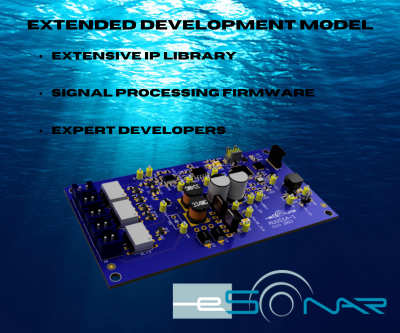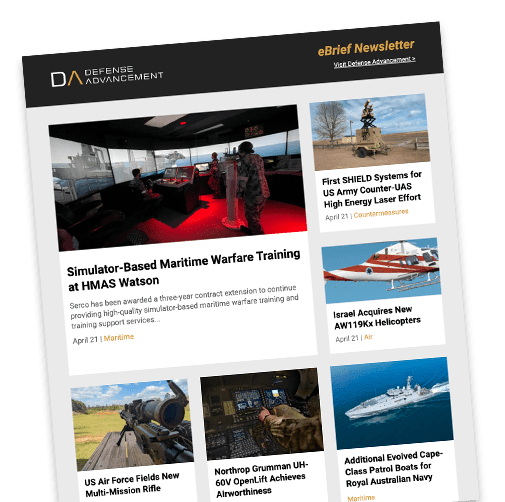Marine Nutrient Analysis
Marine nutrient analysis provides essential insights into the concentrations and dynamics of nutrients within marine ecosystems. Utilizing advanced nutrient analyzers, researchers can accurately measure the levels of key nutrients such as nitrogen, phosphorus, and silica. This data is vital for understanding biogeochemical cycles, monitoring ocean health, and assessing the impact of human activities on marine environments. Techniques such as ROV oceanography facilitate in-depth analysis and collection of oceanographic data, contributing to our knowledge of nutrient distribution and river nutrient availability.Marine nutrient analysis is a critical component of oceanography, offering insights into the distribution and concentration of essential nutrients like nitrates, phosphates, and silicates. These nutrients are vital for marine ecosystems, fueling the growth of phytoplankton, which forms the base of the aquatic food chain.
Understanding nutrient availability and movement in the ocean helps scientists monitor ecological health, track environmental changes, and predict biological productivity.
Nutrient analyzers are specialized instruments used in marine research to measure nutrient concentrations in seawater. These devices can be deployed on research vessels or mounted on platforms such as buoys and remotely operated vehicles (ROVs). The advantage of using ROVs in nutrient analysis lies in their ability to reach deeper, more inaccessible regions of the ocean, where nutrients can be measured across various depths and locations. This approach allows for the creation of detailed nutrient distribution profiles, which are essential for understanding large-scale oceanographic patterns.
The availability of nutrients in rivers also plays a crucial role in marine ecosystems, especially in coastal areas. Rivers often carry nutrient-rich water from terrestrial environments into the ocean, contributing to nutrient cycling and coastal productivity. However, excessive nutrient input, such as from agricultural runoff, can lead to harmful algal blooms, a process known as eutrophication.
ROVs, combined with nutrient analyzers, are increasingly being deployed in subsea oceanographic research, providing real-time data on nutrient levels across different regions of the ocean. These technologies enhance our understanding of the ocean’s biological processes and help monitor changes in water quality, supporting marine conservation and management efforts.
Nutrient Analyzer Applications
Nutrient analyzers have a wide range of applications in marine and environmental settings, including:
Marine Ecosystem Monitoring with Nutrient Analyzers
Nutrient analyzers are used to monitor nutrient levels in oceans, seas, and coastal waters, which helps scientists track the health of marine ecosystems. By measuring concentrations of nitrates, phosphates, and silicates, these devices help determine the productivity of phytoplankton and other marine organisms that rely on these nutrients for growth.
Water Quality Assessment & Identifying Nutrient Imbalances
In both freshwater and marine environments, nutrient analyzers play a crucial role in assessing water quality. They help detect nutrient imbalances, which can lead to harmful phenomena like eutrophication—excessive nutrient loading that results in harmful algal blooms and dead zones. Monitoring nutrient levels ensures early detection of these conditions.
Oceanographic Research & Collecting Oceanographic Data
Nutrient analyzers are often deployed during oceanographic surveys to understand biogeochemical cycles and the spatial distribution of nutrients in the water column. These studies are critical for understanding global carbon cycling, oceanic nutrient fluxes, and the impact of climate change on marine ecosystems.
Fisheries Management
Sustaining fish populations requires understanding the nutrient dynamics that support the food chain. Nutrient analyzers monitor nutrient levels in key fishing areas, helping fisheries management to maintain healthy ecosystems and ensure sustainable harvests.
Environmental Compliance
Industrial and agricultural operations that discharge water into the environment must meet regulatory standards for nutrient levels. A nutrient analyzer can monitor discharge water for compliance with environmental regulations, helping to prevent pollution of aquatic ecosystems.
Monitoring Levels of Nutrients
In aquaculture, nutrient levels in water are continuously monitored to maintain optimal conditions for fish and other aquatic organisms. Nutrient analyzers help manage water quality, reducing the risk of disease and ensuring optimal growth conditions for aquaculture species.
Products (2)
Related Articles
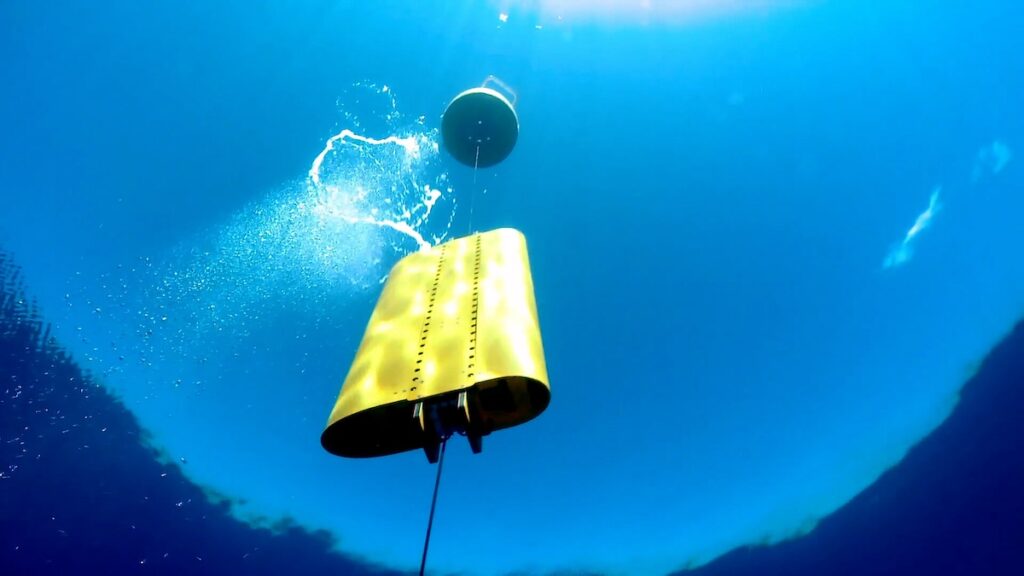
Wave-Powered Rapid Vertical Profiling System for Accurate Water Column Observation
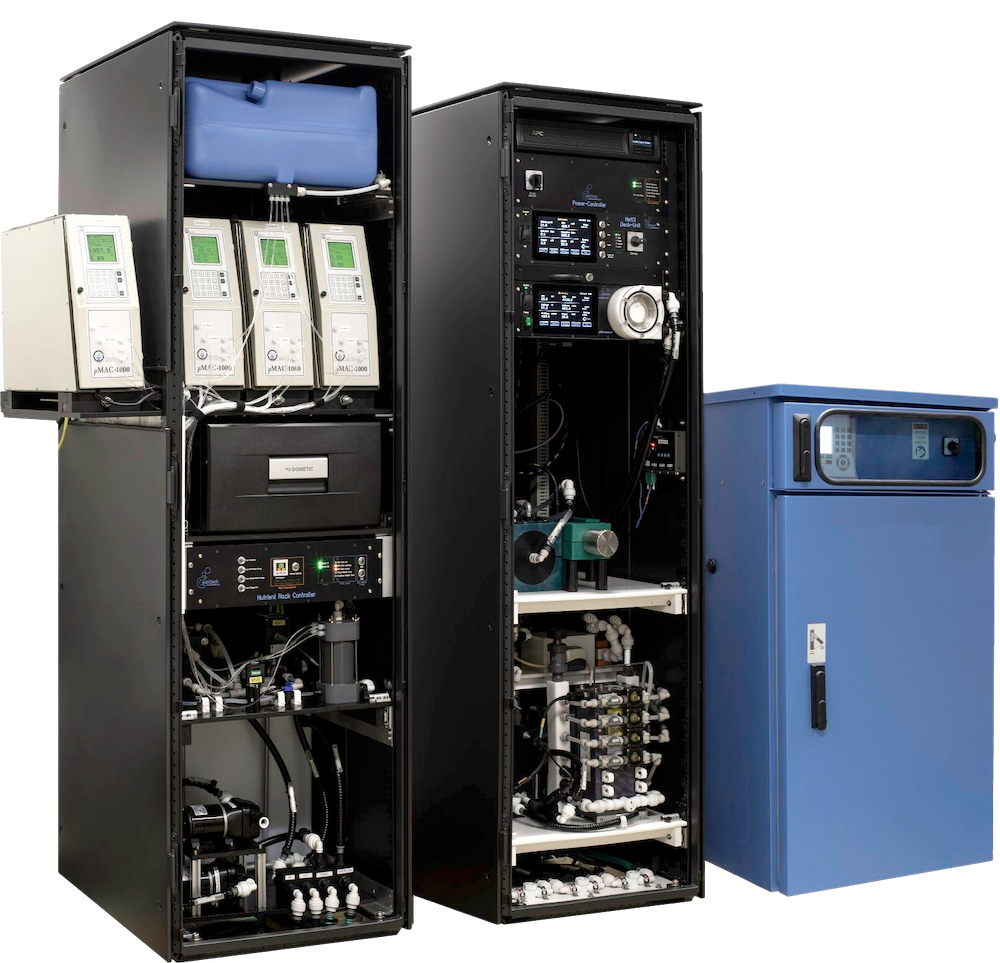
Marine Monitoring Systems for Surface & Underwater Vessels | Advanced Power Solutions for Subsea Vehicles


